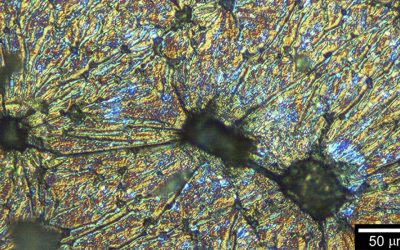 Galileo Galilei proclaimed that the universe is written in the language of mathematics. Various complex phenomena around us indeed become comprehensible through a mathematical model and calculations based on it – and with the advent of computers, it has become possible to conduct various types of model-based calculations.
Galileo Galilei proclaimed that the universe is written in the language of mathematics. Various complex phenomena around us indeed become comprehensible through a mathematical model and calculations based on it – and with the advent of computers, it has become possible to conduct various types of model-based calculations.
However, a perfect mimicking of nature is impossible even with the fastest possible computers, as already shown in 1962 by Bremermann. As a consequence, simplified models are needed that reflect the dominant characteristics of complex systems. Therefore, modeling and simulation can be described as a collaborative work of human beings and computers: The human mind develops an appropriate model and a suitable method to calculate a given system, and then the computer takes care of the actual simulation.
For the specific field of polymerization reactions, numerous complex problems still are not fully understood and need further investigation. The present special issue of Macromolecular Theory and Simulations therefore highlights recent aspects of the modeling and simulation of complex polymerization reactions, guest-edited by Hidetaka Tobita (University of Fukui, Japan) and Shiping Zhu (McMaster University, Canada).
The topics covered include new work on heterophase polymerization, on nonlinear growth, on Monte Carlo and combined techniques, and on analytical solutions and their applications.
Read here for free the full introductory Essay by Hidetaka Tobita and Shiping Zhu:
“Modeling and Simulation of Complex Polymerization Reactions“

















